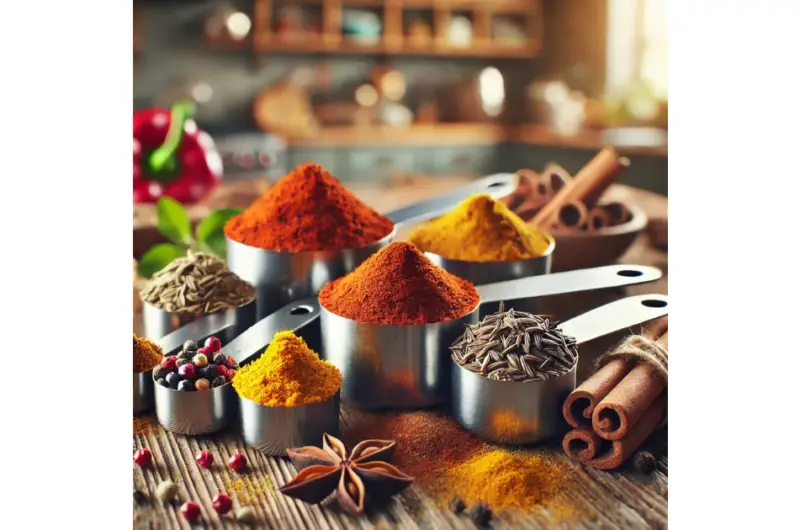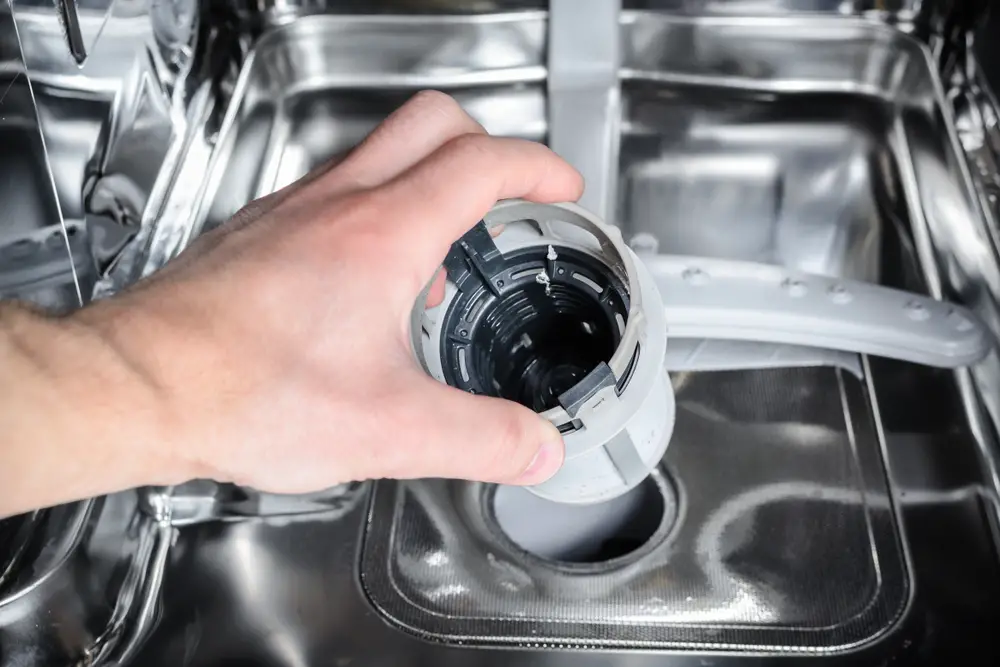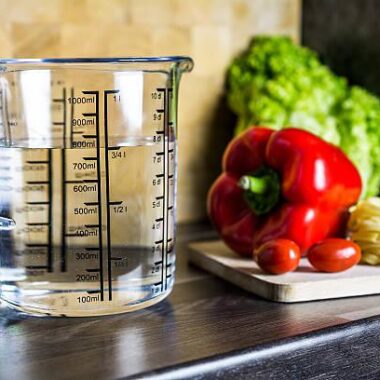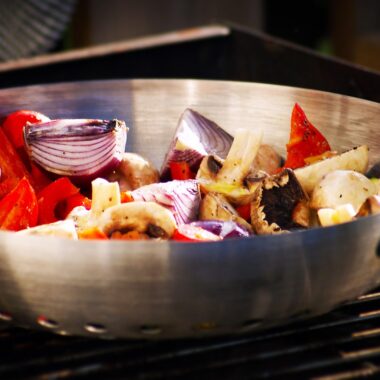Seasoning is an essential part of cooking that brings out the best flavors in your food. Whether you’re a beginner or an experienced home cook, understanding how to measure spices correctly can make a significant difference in your dishes. Spices add depth, aroma, and complexity to meals, but using too much or too little can result in bland or overpowering flavors.
If you’ve ever wondered how professional chefs get their seasoning just right, it comes down to knowing how to measure and balance spices properly. This guide will walk you through the basics of spice measurement and provide eight practical tips to help you achieve perfect seasoning every time.
Why Measuring Spices Matters
Spices have the power to elevate a dish from ordinary to extraordinary. However, because they are highly concentrated in flavor, even a small miscalculation can throw off the taste of a meal. Measuring spices accurately ensures consistency, prevents waste, and allows you to control the intensity of flavors.
If you’re new to cooking, you might find yourself asking questions like:
- How much salt should I add?
- Should I use teaspoons or tablespoons?
- Can I eyeball my spice measurements?
- Does it matter when I add the spices?
This guide will help you answer these questions by covering the best practices for measuring spices correctly.
8 Tips for Measuring Spices Perfectly
1. Understand Common Spice Measurements
Before you start seasoning, it’s essential to familiarize yourself with standard spice measurements. Most recipes use the following units:
- Teaspoon (tsp): A small measurement often used for spices, herbs, and seasoning.
- Tablespoon (tbsp): Three times the amount of a teaspoon, used for larger quantities of spices.
- Pinch: A small amount, typically between 1/16 and 1/8 of a teaspoon.
- Dash: Slightly larger than a pinch, roughly 1/8 of a teaspoon.
- Cup: Usually used for bulk seasonings, such as rubs or spice blends.
If a recipe calls for a teaspoon of salt, using a tablespoon by mistake can lead to an overly salty dish. Having measuring spoons on hand will help ensure accuracy.
2. Use the Right Tools for Accuracy
Using proper measuring tools is crucial to achieving consistent results in your cooking. Here are some essential tools to keep in your kitchen:
- Measuring spoons: A set of measuring spoons is essential for precision.
- Measuring cups: Useful when working with bulk spices or spice blends.
- Digital kitchen scale: A scale is especially helpful for measuring spices by weight, which is more accurate than volume measurements.
- Pinch bowls: Great for organizing and pre-measuring spices before cooking.
While experienced chefs often measure spices by sight, beginners should use measuring tools to avoid over-seasoning or under-seasoning their food.
3. Learn the Difference Between Ground and Whole Spices
The form of a spice—whether whole or ground—affects its flavor intensity and how it should be measured.
- Whole spices: These include peppercorns, cloves, cinnamon sticks, and nutmeg. Whole spices tend to have a milder flavor compared to their ground counterparts because their essential oils are preserved until crushed or ground.
- Ground spices: Spices like ground cinnamon, cumin, and paprika are more concentrated in flavor because their essential oils are exposed, making them more potent.
When substituting ground spices for whole spices (or vice versa), keep in mind that ground spices are more intense, so you’ll generally need less. A good rule of thumb is that 1 teaspoon of ground spice equals about 2 teaspoons of whole spice.
4. Adjust Spices Gradually
One of the biggest mistakes beginner cooks make is adding too much spice at once. It’s much easier to add more seasoning than to fix an over-seasoned dish. Follow these tips:
- Start with the lower end of the suggested spice measurement in a recipe.
- Taste your dish as you go and adjust the seasoning in small increments.
- If a dish is over-seasoned, balance it out by adding more ingredients or using an acid like lemon juice or vinegar to mellow out the flavors.
Cooking is about balance, so take your time and add spices little by little.
5. Be Mindful of Spice Freshness
Spices lose their potency over time, which can affect the flavor of your dishes. If your spices are too old, they may not have the same impact as fresh ones. Here’s how to keep your spices fresh:
- Check expiration dates: Most ground spices last about 6 months to 2 years, while whole spices can last 3 to 4 years.
- Store properly: Keep spices in airtight containers, away from heat, moisture, and sunlight.
- Do the smell test: If a spice has lost its aroma, it’s probably past its prime.
Using fresh spices ensures that your seasoning measurements remain effective.
6. Consider the Type of Cuisine
Different cuisines use spices in varying amounts, and understanding these differences can help you measure correctly. For example:
- Italian cuisine: Often uses garlic powder, basil, oregano, and thyme in moderate amounts.
- Indian cuisine: Relies on bold spices like cumin, turmeric, garam masala, and coriander.
- Mexican cuisine: Features chili powder, cumin, and paprika for heat and smokiness.
- Asian cuisine: Uses ginger, five-spice powder, and soy sauce to enhance umami flavors.
By familiarizing yourself with spice usage in different cuisines, you can better gauge how much seasoning is appropriate.
7. Understand When to Add Spices
When you add spices during the cooking process affects their flavor. Some spices release their best flavors when cooked, while others are best added at the end.
- Early in cooking: Whole spices like bay leaves, cloves, and cinnamon sticks need time to release their flavors, so add them early.
- Midway through cooking: Ground spices like cumin, paprika, and curry powder develop deeper flavors when sautéed with oil or butter.
- At the end: Delicate herbs like parsley, basil, and cilantro should be added toward the end to preserve their freshness.
Knowing when to add spices will help you maximize their flavor potential.
8. Customize Your Spice Blends
Pre-made spice blends are convenient, but making your own gives you more control over flavors and measurements. Here are a few simple DIY spice blends:
- Taco seasoning: 1 tbsp chili powder, 1 tsp cumin, 1 tsp paprika, ½ tsp garlic powder, ½ tsp onion powder, ¼ tsp cayenne.
- Italian seasoning: 1 tbsp dried basil, 1 tbsp dried oregano, 1 tbsp dried parsley, 1 tsp thyme, ½ tsp garlic powder.
- Cajun seasoning: 1 tbsp paprika, 1 tsp black pepper, 1 tsp cayenne, 1 tsp garlic powder, 1 tsp onion powder, ½ tsp thyme.
Making your own spice blends allows you to adjust flavors to your preference and measure spices with greater accuracy.
Final Thoughts
Measuring spices correctly is a skill that can take your cooking to the next level. By understanding common measurements, using the right tools, adjusting gradually, and considering spice freshness, you’ll be able to season your dishes with confidence. Remember that seasoning is an art, and with practice, you’ll develop an intuition for how much spice to use.
Cooking is all about experimenting and refining your technique. So the next time you’re in the kitchen, keep these tips in mind and enjoy the process of creating flavorful, well-seasoned dishes!
Here are some references that support the information in this guide:
- McGee, Harold (2004). On Food and Cooking: The Science and Lore of the Kitchen. Scribner.
- A deep dive into the chemistry of cooking, including how spices interact with food.
- Herbst, Sharon Tyler (2001). The New Food Lover’s Companion. Barron’s Educational Series.
- A valuable resource for understanding spice measurements and their impact on flavors.
- Ruhlman, Michael (2009). Ratio: The Simple Codes Behind the Craft of Everyday Cooking. Scribner.
- Explains the importance of precise measurements in cooking, including spices.
- The Culinary Institute of America (2011). The Professional Chef (9th Edition). Wiley.
- A professional guide that covers spice usage, seasoning techniques, and measurement standards.
- American Spice Trade Association (ASTA)
- Provides guidelines on spice quality, shelf life, and best storage practices. Available at: www.astaspice.org
- U.S. Department of Agriculture (USDA) Food Data Central
- A reliable source for spice nutritional information and composition. Available at: https://fdc.nal.usda.gov/
- Cooks Illustrated & America’s Test Kitchen
- Practical kitchen tests on seasoning and spice potency. Available at: www.americastestkitchen.com
These references provide a mix of scientific, culinary, and practical perspectives on measuring and using spices effectively in cooking.

















